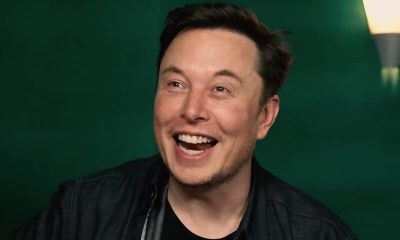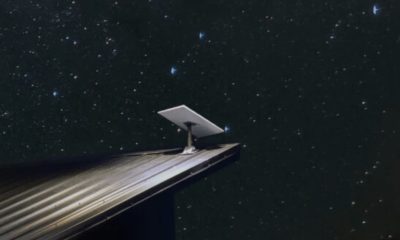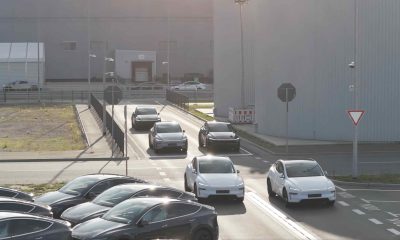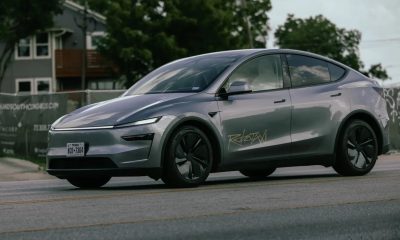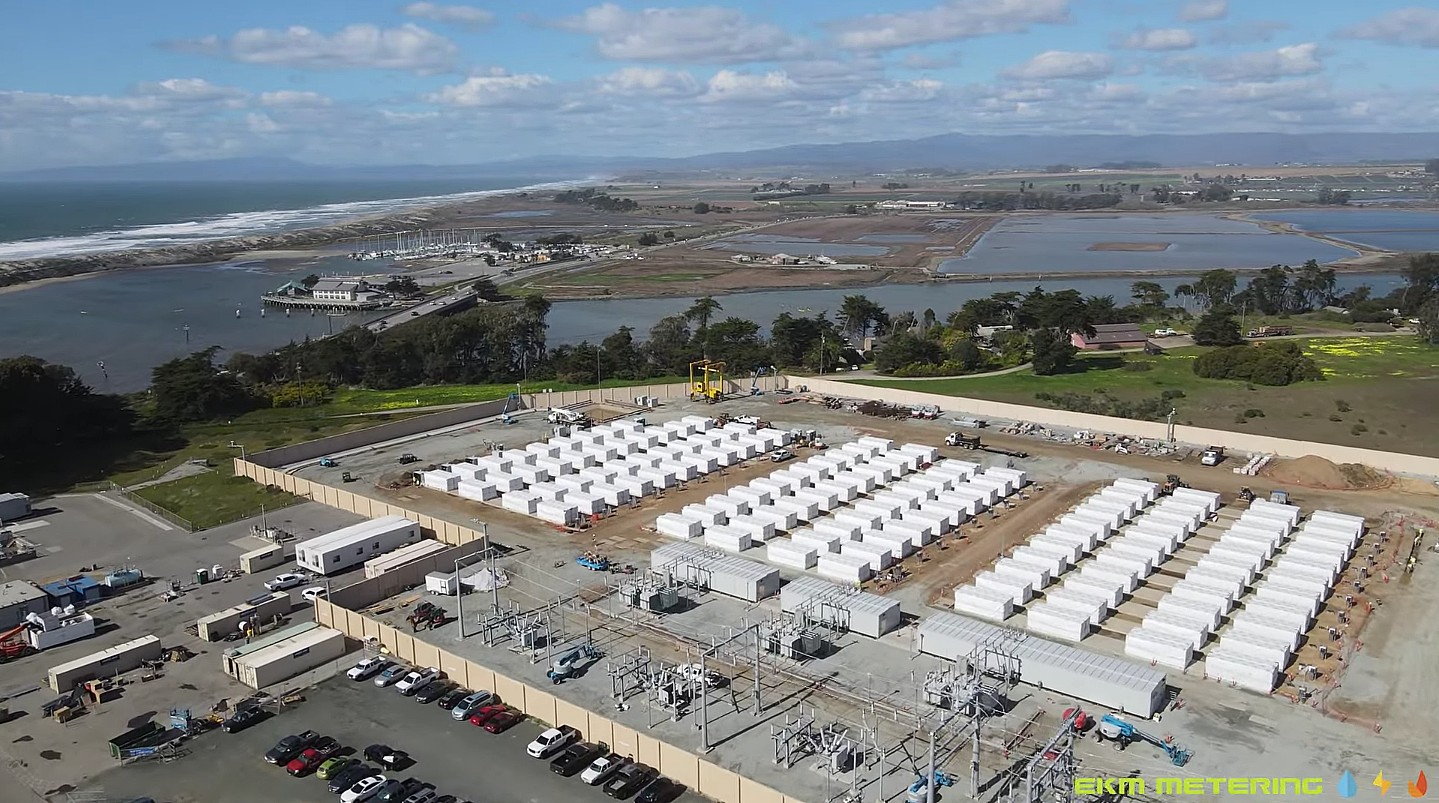
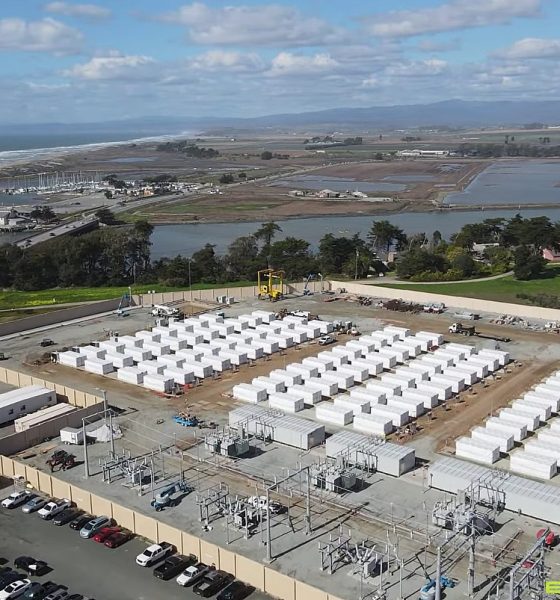
Energy
Tesla’s giant Moss Landing Megapack battery storage project: How is it doing now?
Tesla’s Megapack farm in Moss Landing, California, has gone through quite a journey since the project was approved by the California Public Utilities Commission back in 2018. Comprised of 256 Megapacks, the 182.5 MW / 730 MWh installation would be capable of powering an estimated 136,500 homes for several hours during periods of high demand. The system is also upgradeable, with Tesla’s contract with PG&E suggesting that the battery could be ramped to 1.1 GWh in the future.
Similar to Tesla’s other high-profile energy projects, the Moss Landing Megapack farm, also known as the Elkhorn Battery Energy Storage Facility, would enhance the grid’s reliability by addressing capacity deficiencies due to increased local energy demand. It would also participate in the California Independent System Operator (CAISO) markets, providing both energy and ancillary services.
A Quick Background
It should be noted that the Megapack-powered Elkhorn Battery Energy Storage Facility is only one of four battery projects that were proposed by Pacific Gas and Electric (PG&E). Among the four, three are owned and operated by a third party — only the Tesla-powered Elkhorn Battery is owned and operated by PG&E itself. As explained by Paul Doherty, a PG&E spokesperson, the utility has two underlying contracts with Tesla regarding the facility — an Engineering, Procurement and Construction (EPC) agreement to build the battery farm, and a Long-Term Performance and Maintenance Agreement (LTPMA) that requires the EV maker to provide regular maintenance to the system for over 20 years.
The Tesla-powered Elkhorn Battery is not the largest battery among the four systems proposed by PG&E. That honor goes to the Vistra Energy Storage Facility, which features a 300 MW / 1,200 MWh Phase 1 and a 100 MW / 400 MWh Phase 2 system. Unlike the Tesla Megapack farm, which was built on a 4.5-acre plot of land in Moss Landing, the Vistra Energy Storage Facility was built into what was previously a gas-fired power plant. Utilizing over several thousand TR1300 battery racks supplied by LG Energy Solution, Vistra’s big battery was a symbol of the change happening in California’s energy sector.
Things, however, have not always been smooth sailing.
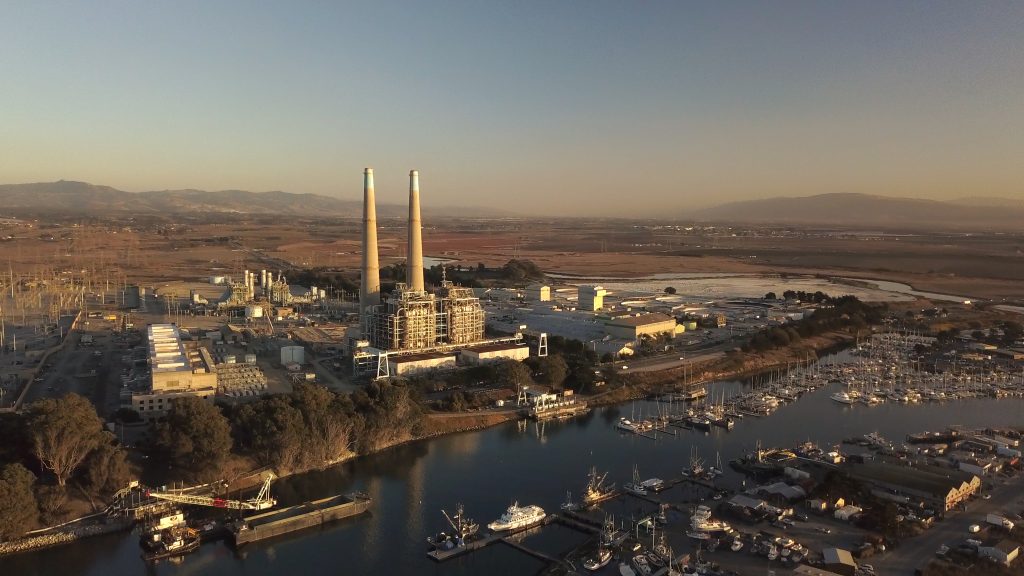
Challenges Over the Years
Being a project involving Tesla, it was no surprise that entities emerged to oppose the Elkhorn Battery project. After the Tesla-powered battery storage project was opened to public submissions about its potential environmental impacts, the California Unions for Reliable Energy took it upon themselves to stop the initiative. The union argued that Monterey County failed to meet the standards of the California Environmental Quality Act since the county should have looked further into the possibility of Tesla’s batteries overheating and exploding. The group also warned that the Tesla batteries could potentially harm the purity of the groundwater at the Moss Landing area.
These efforts proved to be in vain, however, as on February 2020, the Monterey County Planning Commission decided to approve the Tesla Megapack-powered Elkhorn Battery unanimously. Construction was set for late March, and expectations were high that it would take about one and a half years to complete. However, another speed bump for the project came in the form of the Covid-19 pandemic, which caused progress in the project to be delayed. Construction ultimately began in July 2020, and by early 2021, drone flyovers of the site showed that the Megapack installations were going smoothly.
PG&E spokesperson Doherty has informed Teslarati that as of writing, all the Tesla Megapacks have been successfully installed. The system is “currently undergoing final testing and certification, and is anticipated to be operational before Summer 2022,” pending the results of its final tests. Granted, this represents a delay from the facility’s initial targets, but PG&E’s apparent intent on being extra cautious is understandable.
An unexpected challenge for the batteries at Moss Landing came sometime last year, and while it did not involve the Tesla Megapack-powered Elkhorn Battery, it did result in energy storage projects being placed under a microscope. In early September 2021, a number of battery modules from the Phase 1 area of the Vistra Energy Storage Facility overheated, triggering the facility’s sprinkler systems. Local fire crews were sent to the site, and Vistra decided to shut down the Phase 1 zone until an investigation was completed. At this time, the Vistra Battery’s 100 MW / 400 MWh Phase 2 was just completed, so that part of the facility remained operational.
Unfortunately, the Vistra Battery’s Phase 2 area got involved in another overheating incident in February 2022. Similar to the incident in September 2021, the batteries in the Vistra facility’s Phase 2 area triggered a fire alarm. The local fire department attended to the facility once more, where they found roughly ten battery racks that were melted. This incident, which happened within five months since the September 2021 issue, caused the reactivation efforts for the Phase 1 area to be paused and Phase 2 to be shut down. This meant that the Vistra battery, at least until investigations are completed for both incidents, will likely remain offline.
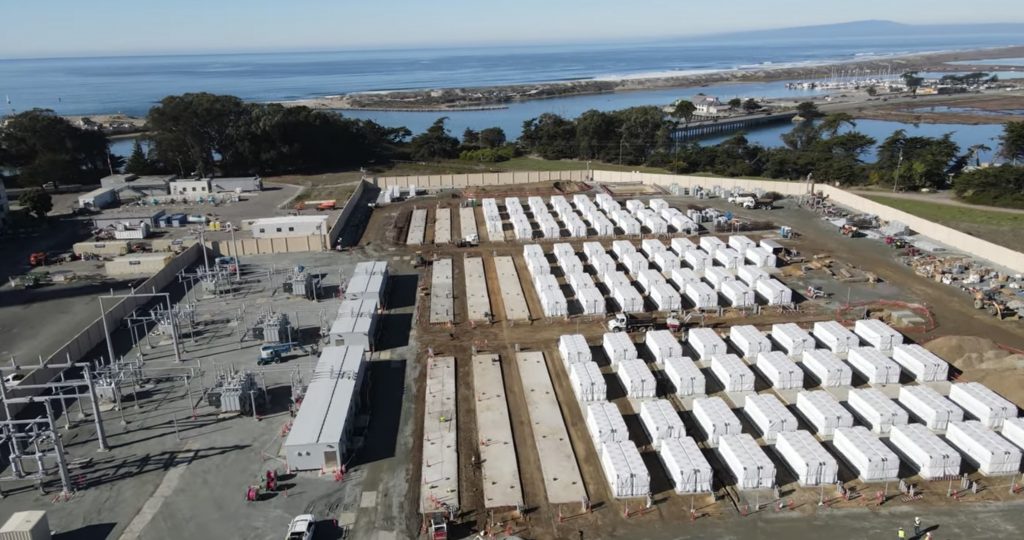
PG&E’s Tesla Megapack Management System
What is rather interesting about the Elkhorn Battery Energy Storage Facility is the fact that while it features Tesla’s flagship battery storage units, the Megapack batteries themselves would not be managed by software from the electric vehicle maker. Instead of Tesla’s Autobidder platform, PG&E has opted to utilize “Fluence’s AI-powered Trading Platform to provide optimization and market bidding services,” confirmed Doherty.
Tesla’s Autobidder platform has been successfully operating at the Hornsdale Power Reserve (HPR) in South Australia, where it has effectively added competition to drive down energy prices in the area. But inasmuch as Autobidder is designed to work seamlessly with products like the Megapack, Fluence’s Trading Platform is pretty powerful and capable on its own. Seyed Madaeni, the chief digital officer of Fluence, expressed his optimism for the company’s AI-powered solution and its use in the Tesla-powered Elkhorn Battery Energy Storage Facility.
“PG&E was one of the first utilities to appreciate the need for a sophisticated AI-enabled bidding technology to optimize its energy storage assets. This technology-agnostic software provides PG&E with a single tool that can optimize not only the Moss Landing project, but potentially entire portfolios of generation and storage resources to enhance affordability of resources. We are excited to work with PG&E to use advanced technology to improve the efficiency and reliability of the CAISO market and lower costs for California consumers,” Madaeni said.
Future Expansions
While the Moss Landing batteries have faced their own fair share of challenges, PG&E remains extremely optimistic about energy storage as a whole. Depending on the success of the Tesla Megapack-powered Elkhorn Battery, the system could be expanded even further to 1.1 GWh. All signs seem to be pointing to this scenario, especially considering the state’s intense focus on sustainability. Interestingly enough, Tesla’s Megapacks courted some controversy themselves last year when one unit in the Victoria Big Battery in Australia caught fire during tests. The incident ultimately damaged two Megapack units, and it incited a lot of skepticism over the potential dangers of battery storage technology.
If PG&E’s massive Tesla Megapack farm could prove itself as reliable as the now-iconic Powerpack-powered Hornsdale Power Reserve in South Australia, then the project could potentially accelerate the adoption of battery storage systems in the near future. PG&E definitely seems to be confident about the potential of battery storage solutions, with the utility moving forward with Vistra on plans to expand the Vistra Battery even further.
Vistra spokesperson Meranda Cohn has stated that the incidents from September 2021 and February 2022 would not impact the companies’ push to move forward with its battery project. PG&E spokesperson Doherty was on the same page, telling the Monterey County Weekly that he has “full confidence” in the project and that an analysis of the incidents in September 2021 and February 222 revealed that the batteries were actually not at fault. The PG&E spokesperson further noted that the utility is committed to “advancing the field of fire safety at battery storage facilities,” which could be highlighted by the fact that it was awarded for its fire safety work at its Tesla-powered Elkhorn Battery Energy Storage Facility.
Don’t hesitate to contact us with news tips. Just send a message to simon@teslarati.com to give us a heads up.
Energy
Tesla VP hints at Solar Roof comeback with Giga New York push
The comments hint at possible renewed life for the Solar Roof program, which has seen years of slow growth since its 2016 unveiling.

Tesla’s long-awaited and way underrated Solar Roof may finally be getting its moment. During the company’s Q3 2025 earnings call, Vice President of Energy Engineering Michael Snyder revealed that production of a new residential solar panel has started at Tesla’s Buffalo, New York facility, with shipments to customers beginning in the first quarter of 2026.
The comments hint at possible renewed life for the Solar Roof program, which has seen years of slow growth since its 2016 unveiling.
Tesla Energy’s strong demand
Responding to an investor question about Tesla’s energy backlog, Snyder said demand for Megapack and Powerwall continues to be “really strong” into next year. He also noted positive customer feedback for the company’s new Megablock product, which is expected to start shipping from Houston in 2026.
“We’re seeing remarkable growth in the demand for AI and data center applications as hyperscalers and utilities have seen the versatility of the Megapack product. It increases reliability and relieves grid constraints,” he said.
Snyder also highlighted a “surge in residential solar demand in the US,” attributing the spike to recent policy changes that incentivize home installations. Tesla expects this trend to continue into 2026, helped by the rollout of a new solar lease product that makes adoption more affordable for homeowners.
Possible Solar Roof revival?
Perhaps the most intriguing part of Snyder’s remarks, however, was Tesla’s move to begin production of its “residential solar panel” in Buffalo, New York. He described the new panels as having “industry-leading aesthetics” and shape performance, language Tesla has used to market its Solar Roof tiles in the past.
“We also began production of our Tesla residential solar panel in our Buffalo factory, and we will be shipping that to customers starting Q1. The panel has industry-leading aesthetics and shape performance and demonstrates our continued commitment to US manufacturing,” Snyder said during the Q3 2025 earnings call.
Snyder did not explicitly name the product, though his reference to aesthetics has fueled speculation that Tesla may finally be preparing a large-scale and serious rollout of its Solar Roof line.
Originally unveiled in 2016, the Solar Roof was intended to transform rooftops into clean energy generators without compromising on design. However, despite early enthusiasm, production and installation volumes have remained limited for years. In 2023, a report from Wood Mackenzie claimed that there were only 3,000 operational Solar Roof installations across the United States at the time, far below forecasts. In response, the official Tesla Energy account on X stated that the report was “incorrect by a large margin.”
Energy
Tesla China’s Megafactory helps boost Shanghai’s battery exports by 20%: report
Located in the Lingang New Area of the Shanghai Free Trade Zone, the Tesla Megafactory has been running at full throttle since opening in February.
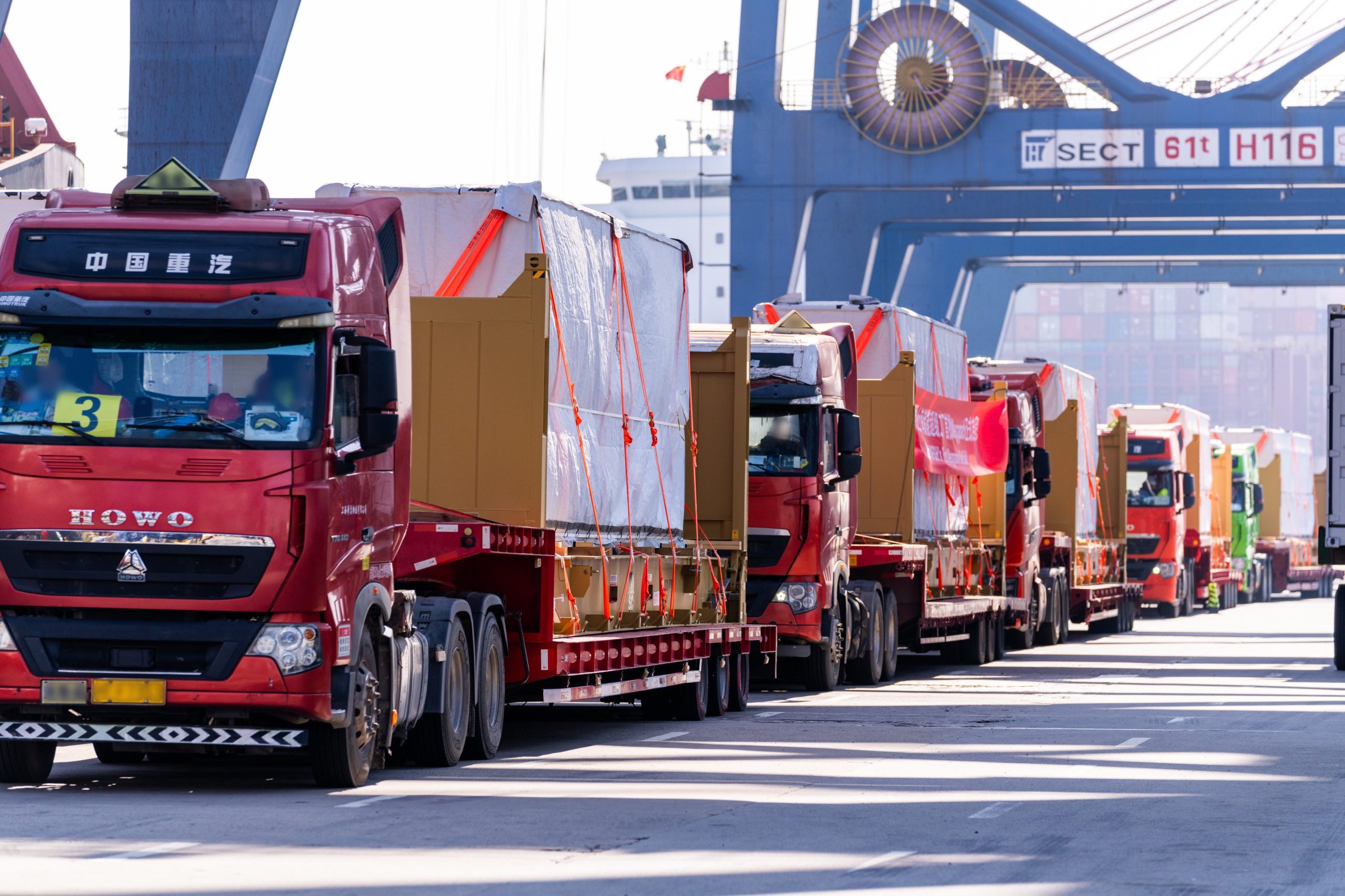
Reports from China have indicated that the Tesla Shanghai Megafactory has become a notable player in China’s booming battery export market.
Located in the Lingang New Area of the Shanghai Free Trade Zone, the Tesla Megafactory has been running at full throttle since opening in February. It produces Tesla Megapack batteries for domestic and international use.
Tesla Shanghai Megafactory
As noted in a report from Sina Finance, the Tesla Shanghai Megafactory’s output of Megapack batteries helped drive a notable rise in lithium battery shipments from the city in the first three quarters of 2025. This is quite impressive as the Megafactory is a rather young facility, though it has been steadily increasing its production capacity.
“The establishment of this benchmark factory has not only driven the rapid development of Shanghai’s energy storage industry but also become a new growth engine for foreign trade exports. Driven by the Tesla energy storage factory’s opening, Shanghai’s lithium battery exports reached 32.15 billion yuan ($4.5 billion) in the first three quarters, a 20.7% increase,” the publication wrote.
Ultimately, the Shanghai Megafactory has proved helpful to the city’s “new three” industries, which are comprised of new energy vehicles, lithium batteries, and photovoltaic systems. Exports of the “new three” products reached 112.17 billion yuan ($15.7 billion), a 6.3% year-over-year increase during the same period. The city’s total trade volume grew 5.4% year-over-year as well, with exports up 11.3%, driven largely by the clean energy sector’s performance.
Energy storage is helping Shanghai
Since opening in February, the Shanghai Megafactory has been firing on all cylinders. In late July, Tesla Energy announced that the new battery factory has successfully produced its 1,000th Megapack unit. That’s quite impressive for a facility that, at the time, had only been operational for less than six months.
Speed has always been a trademark of the Shanghai Megafactory. Similar to Tesla’s other key facilities in China, the Megafactory was constructed quickly. The facility started its construction on May 23, 2024. Less than a year later, the site officially started producing Megapack batteries. By late March 2025, Tesla China noted that it had shipped the first batch of Megapack batteries from the Shanghai plant to foreign markets.
Energy
Tesla recalls Powerwall 2 units in Australia
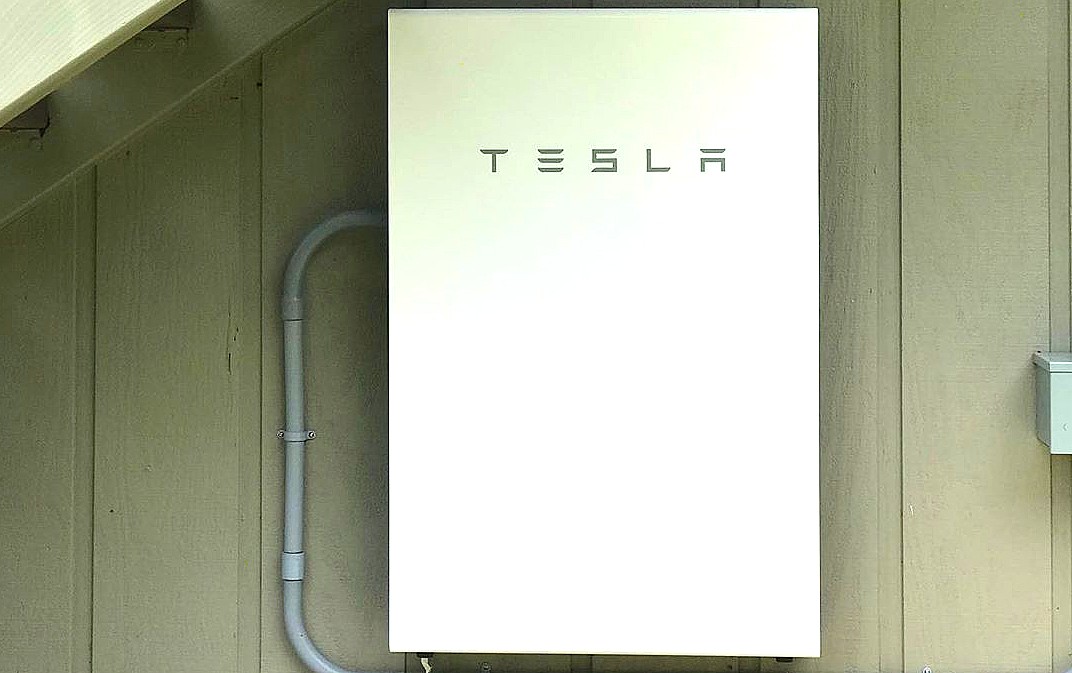
Tesla will recall Powerwall 2 units in Australia after a handful of property owners reported fires that caused “minor property damage.” The fires were attributed to cells used by Tesla in the Powerwall 2.
Tesla Powerwall is a battery storage unit that retains energy from solar panels and is used by homeowners and businesses to maintain power in the event of an outage. It also helps alleviate the need to rely on the grid, which can help stabilize power locally.
Powerwall owners can also enroll in the Virtual Power Plant (VPP) program, which allows them to sell energy back to the grid, helping to reduce energy bills. Tesla revealed last year that over 100,000 Powerwalls were participating in the program.
Tesla announces 100k Powerwalls are participating in Virtual Power Plants
The Australia Competition and Consumer Commission said in a filing that it received several reports from owners of fires that led to minor damage. The Australian government agency did not disclose the number of units impacted by the recall.
The issue is related to the cells, which Tesla sources from a third-party company.
Anyone whose Powerwall 2 unit is impacted by the recall will be notified through the Tesla app, the company said.
-
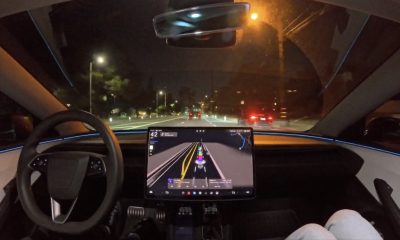
 News2 weeks ago
News2 weeks agoElon Musk confirms Tesla FSD V14.2 will see widespread rollout
-

 News2 weeks ago
News2 weeks agoTesla might be doing away with a long-included feature with its vehicles
-
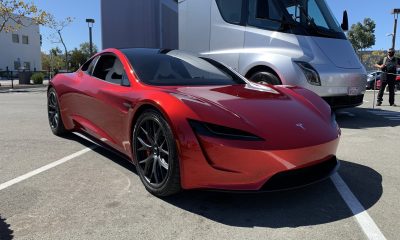
 News2 weeks ago
News2 weeks agoTesla updates fans on its plans for the Roadster
-
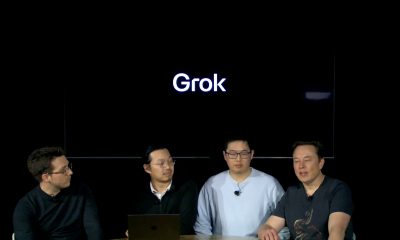
 Elon Musk2 weeks ago
Elon Musk2 weeks agoElon Musk: Grok 5 now has a 10% chance of becoming world’s first AGI
-
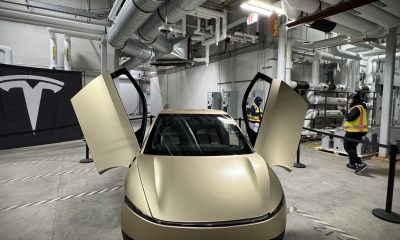
 News2 weeks ago
News2 weeks agoTesla is ramping up its hiring for the Cybercab production team
-
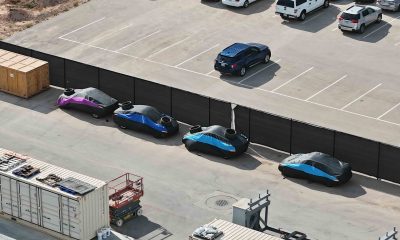
 News2 weeks ago
News2 weeks agoMultiple Tesla Cybercab units spotted at Giga Texas crash test facility
-
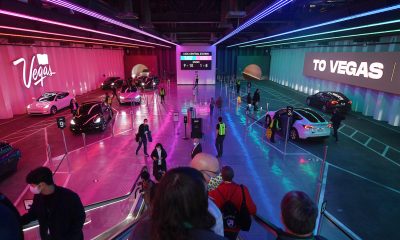
 Elon Musk2 weeks ago
Elon Musk2 weeks agoTesla will launch driverless rides in Las Vegas, but not where you think
-
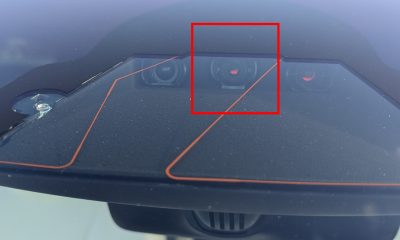
 News2 weeks ago
News2 weeks agoTesla rolled out a new feature with FSD v14 to fix a major complaint


